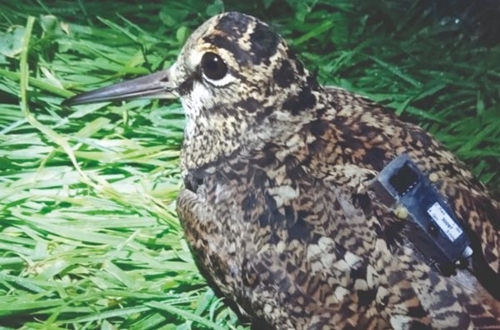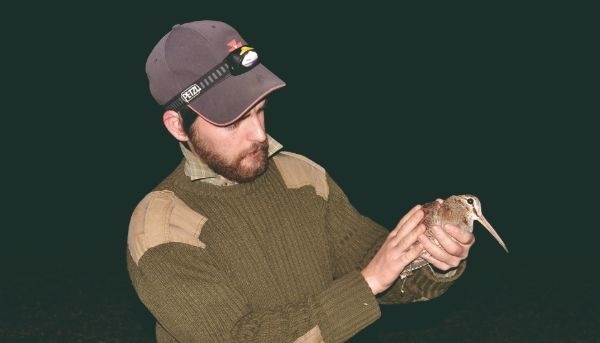
Join our biggest tracking project yet and help curlew, lapwing and woodcock
We need to understand what’s happening to our wading birds. With your donation, you can help us to answer the difficult questions about where our curlew, lapwing and woodcock go, and why. Building on our Woodcock Watch campaign, this new tagging project is our most ambitious yet.
We need to raise £51,100 to tag 90 birds this winter and next spring – 50 woodcock, 20 curlew and 20 lapwing. Each of these birds is in decline and red-listed in the UK. With the help of dedicated people managing the countryside, we believe we can work together to reverse these declines.
Donate Now >
Support our first ever curlew tracking project
The UK’s breeding curlew population has halved in the past 25 years. Your donation can help to show why this is happening and how those managing the countryside can reverse it. Every adult curlew we fit with a GPS tag gives us more information about the importance of habitat, food availability and predation in areas where these birds are disappearing fastest.
Curlew have declined rapidly in the last 30 years, particularly in Ireland, Wales and lowland areas of England and Scotland. Very little is known about brood movements and variation in chick survival, information that is crucial if we are to create conditions to improve fledging rates. You can change that.
The tags will provide hourly locations for three to four years, enabling us to determine adult feeding areas, movements outside the breeding season and links between breeding and wintering sites. Using GSM technology, we can download their locations without the need to relocate each bird. Tagging sites for this study will include our Scottish demonstration farm at Auchnerran and farms within our Curlew Country project in Shropshire.

Understanding woodcock breeding at home and abroad
With the woodcock now red-listed, it is vital to understand how best to manage woods to support our resident breeding birds. New GPS technology is already providing a detailed insight into the breeding habitats used by our resident British woodcock. Your donation will allow us to expand this ongoing project to new areas, and begin tracking migrant woodcock, caught in the UK in winter, during the breeding season.
A fuller understanding of woodcock habitat use in their Scandinavian and Russian strongholds will allow us to compare prime woodcock habitats overseas with those available to our resident birds here in the UK. This will enable us to provide management advice, designed to improve woodland for breeding woodcock, directly to those who need it.
Your support for our Woodcock Watch tagging project has given us an amazing insight into the migrations of woodcock wintering in Britain and Ireland. You have helped us learn far more about the origins of our migrant woodcock and the routes they travel. New GPS tags provide better data than the satellite tags we have previously used - more accurate locations (to about 15 metres) and five times more of them – providing not only valuable information on woodcock’s migratory movements but, most significantly, small scale movements at their continental breeding sites.

Help us understand where lapwing go
Lapwing numbers are in sharp decline – falling by a third in just ten years. Although the main cause of the decline is poor breeding success, little is known about the movements of lapwing during the winter and the importance of links between breeding and wintering sites.
To better understand lapwing survival, we need to know the connections between breeding and wintering sites, assess fidelity to winter sites, and compare the impact of cold and mild winters. Our team has been working to drive lapwing recovery in southern England, but we need a broader understanding to help the national situation.
Information from volunteer bird-ringing suggests that lapwings breeding in northern England and Scotland tend to move west to winter in Ireland, whereas lapwings breeding in southern England are more likely to winter in France and Iberia. A recent small-scale tracking project in The Netherlands showed much more variation in wintering locations than expected. Every tag that is donated helps us better understand the full picture.
Please donate to give our breeding waders a fighting chance
The fate of these red-listed species cannot change without a better understanding of their declines. You can help us gain that insight before it’s too late. We are in a unique position. Those managing the countryside listen to our advice, whether it’s how to manage their land for wildlife or when to refrain from shooting woodcock.
This project can break new ground and improve our understanding. Please support it however you can.